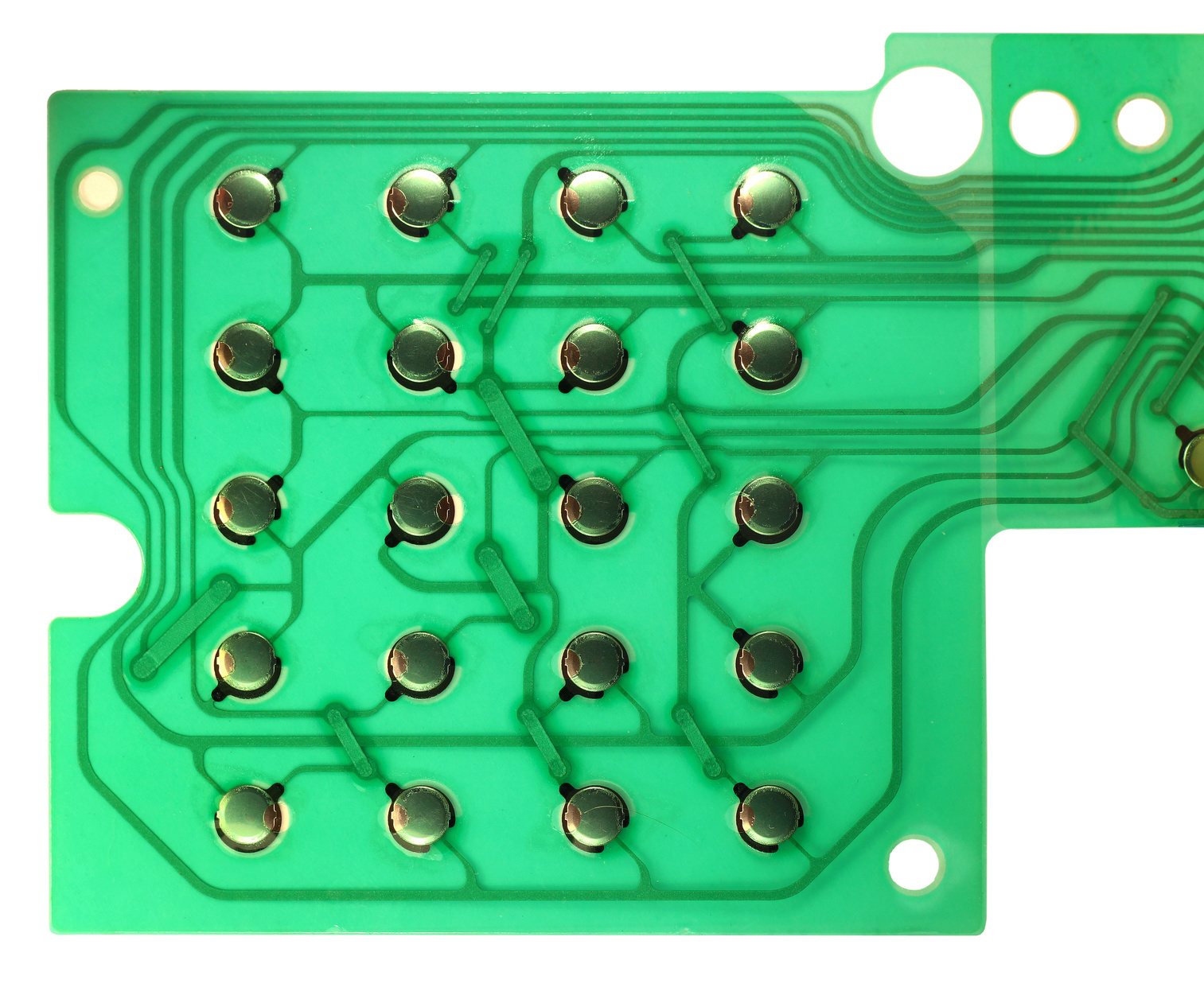Essential Functions to Look for When Choosing a Membrane Switch
Essential Functions to Look for When Choosing a Membrane Switch
Blog Article
Recognizing the Performance of Membrane Switches Over for Customer Interface Tools
The functionality of membrane switches stands for a significant innovation in user interface layout, integrating efficiency with visual flexibility. As industries increasingly focus on user experience, recognizing the subtleties of membrane switch technology ends up being essential.
What Are Membrane Layer Switches?
Membrane switches are ingenious user interface tools that promote individual interaction with electronic tools. These versatile components contain numerous layers, consisting of a visuals overlay, spacer, and a published circuit layer. The style enables a seamless combination right into different electronic devices, boosting both the aesthetic and functional elements of interface.
Membrane switches are commonly used in a variety of applications, from house appliances to industrial equipment and clinical gadgets. Their construction commonly includes a thin account, making them a perfect choice for small layouts. The responsive feedback offered by these switches can be crafted to meet particular user choices, making sure efficient interaction between the individual and the tool.
Toughness is another significant benefit of membrane layer buttons, as they are immune to dirt, dampness, and chemicals, which improves their life expectancy popular settings. In addition, these buttons can be tailored in terms of shape, dimension, and graphic style, permitting branding and user-specific features. On the whole, membrane switches represent a functional option for improving individual experience in electronic gadgets, combining performance with visual appeal in an efficient manner.
Just How Membrane Changes Job
Operating on a straightforward principle, membrane changes use a layered building to sign up individual input properly. Each switch consists of several layers, including a published circuit layer, a spacer layer, and a leading visuals layer, which are created to interact perfectly. When a customer presses the top layer, it compresses the spacer layer, bringing the conductive aspects of the circuit layer right into contact with each other.
This get in touch with develops a shut circuit, indicating the tool to perform a certain feature. The layout enables different setups, consisting of responsive responses, which can enhance the individual experience by offering a physical feeling upon activation. The products made use of in membrane layer switches commonly include adaptable substratums, such as polyester or polycarbonate, which guarantee durability and durability against wear and tear.

Key Benefits of Membrane Layer Switches

An additional substantial advantage is their compactness. Membrane layer buttons are slim and light-weight, which allows makers to save area in their tools without giving up performance. This function check my source is particularly useful in applications where weight and quantity are important factors to consider.
Additionally, membrane switches are immune to dirt, dampness, and chemicals, boosting their resilience. This strength prolongs their life-span and reduces the need for frequent substitutes, causing expense financial savings with time.
Furthermore, the responsive responses given by membrane buttons can be maximized to boost user interaction. They can consist of functions such as elevated switches or distinct clicks, boosting use and customer experience.
Applications Across Industries
Customer interface devices utilizing membrane layer switches are common in a vast variety of markets, showcasing their adaptability and performance. Membrane Switch. In the medical field, membrane layer buttons are integral to devices such as analysis equipment and person surveillance systems, where their resilience and convenience of cleaning are critical for maintaining health standards. Similarly, in you can try here the vehicle industry, these buttons are employed in dashboard controls and infomercial systems, providing a streamlined and modern-day interface for individuals.
Moreover, the consumer electronic devices market take advantage of membrane layer buttons in home appliances and handheld devices, where portable design and user-friendly user interfaces boost user experience. Industrial applications also leverage membrane switches over for control panels in machinery and automation systems, highlighting their robustness and resistance to severe settings.
In the aerospace and protection markets, membrane switches are used in cockpit controls and tools, where dependability and efficiency under extreme problems are extremely important. In addition, the gaming industry increasingly integrates membrane switches in controllers and arcade devices, adding to an interesting user experience. On the whole, the adaptability of membrane changes enables their extensive usage across various industries, emphasizing their significance in contemporary customer interface style.
Future Fads in Membrane Switch Over Technology

Furthermore, making use of advanced products, such as polycarbonate and polyester movies, is anticipated to climb, providing boosted resilience and resistance to environmental stressors. These products add to the overall durability of membrane switches, making them suitable for harsher commercial applications.
Furthermore, the incorporation of clever innovation, including IoT connectivity, will certainly allow membrane layer buttons to interact with other gadgets and systems, helping with an extra interactive customer experience. This pattern lines up with the expanding demand for smart gadgets across various markets, from medical care to customer electronic devices.
Finally, modification choices are expected to expand, permitting producers to produce bespoke options customized to particular user demands and choices. These advancements will certainly position membrane switches as vital elements in the evolution of user interface technology.
Verdict
To conclude, membrane layer switches over stand for a critical improvement in interface modern technology, providing a reputable and versatile solution for varied digital applications. Their layered construction helps with small layout, while features such as tactile comments boost user interaction. The resilience against environmental aspects additionally solidifies their utility across numerous industries. As advancements in material science and touch sensing innovations continue, the functionality and applicability of membrane buttons are expected to expand, strengthening their significance in contemporary electronic gadgets.
Report this page